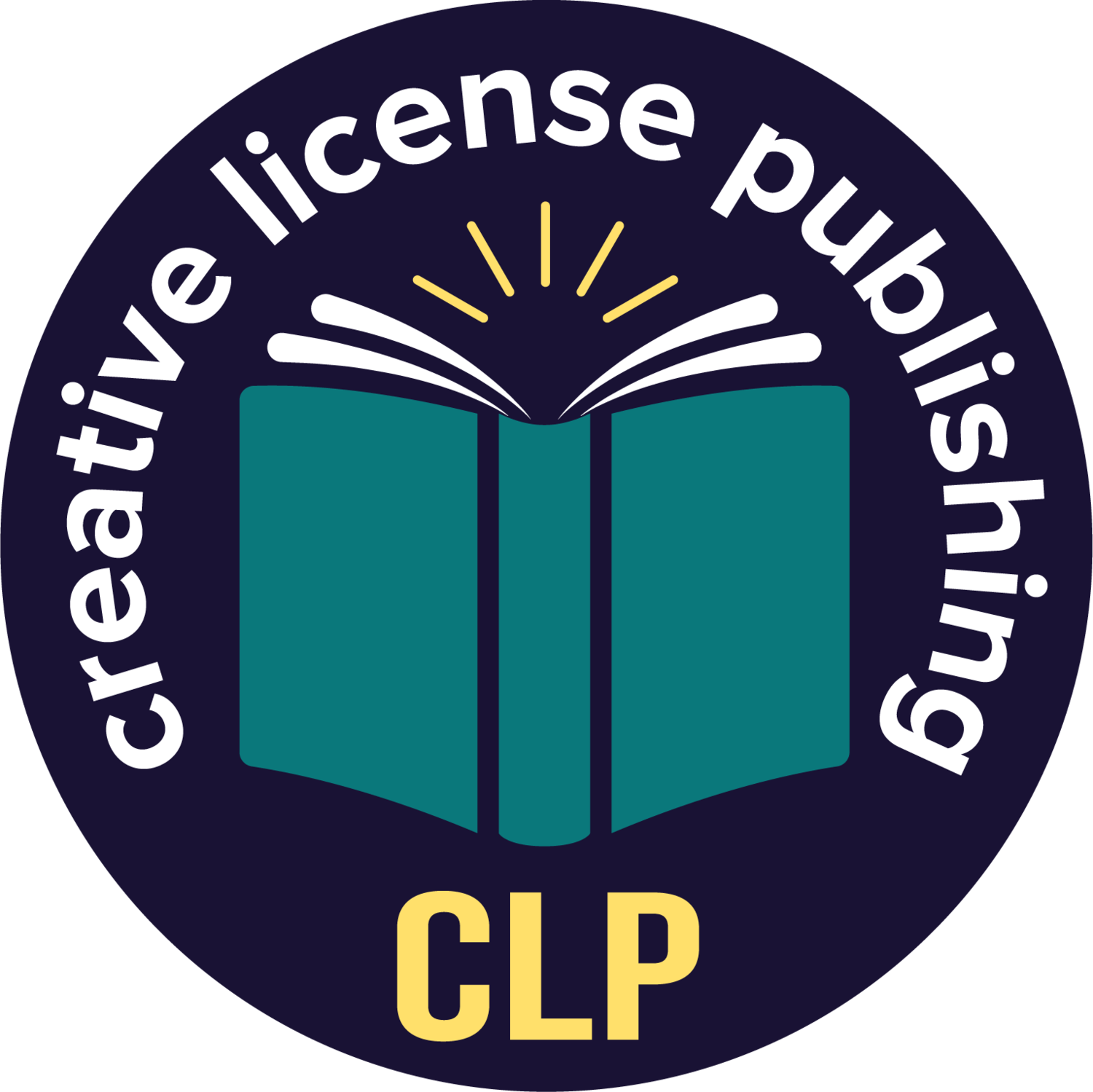Keepers
CLP works with independent living and retirement communities in Florida, sharing our expertise in writing and drafting engaging stories for personal memoirs and autobiographies. Many attendees are mothers looking to share and preserve their personal experiences for current and future generations. Of all the questions these ladies have had, the most frequently asked are: “How do I organize my pile of notes, journals, and memorabilia? And how do I write my stories so my readers will be interested? The first question’s answer is about identifying patterns, sorting, and ordering. The answer to the second question is: create a comprehensive outline and use attributes to make your content read like fiction.
To turn a collection of notes or journal writings into an organized read with proper flow, I suggest you do the following steps:
Collect all the information you wish to share through notes, journals, audio recordings, pictures, and memorabilia.
Separate the information based on commonality or theme. For example, if you’re writing an autobiography, you might organize the information based on periods in your life.
Once you’ve grouped your notes by category, order them according to how you see your story unfolding. For example, you may order them in a linear fashion if you’re writing an autobiography. Or you may start with your most riveting story to hook the reader and tell the backstory through flashbacks.
To write an engaging read, you will use these attributes that we suggest for memoirs and even fiction:
Create an outline. Please click on this link for a free outline template.
Your outline will act as the blueprint for your story, direct your writing, define the tone, and help you establish goals.
Using the outline, you will write your first draft using the following elements:
Show, don’t tell. Use description, dialogue, and thoughts to set the scene for the reader to allow the events to unfold like a fictional novel.
Be honest and let the complexity of the characters come through. Highlight the relatability of their personalities.
Maintain the same tone and voice throughout.
Maintain a good flow, meaning the reader can follow the storyline.
Maintain proper writing pace so the moves along and the reader stays engaged.
Recalling and writing familial stories and experiences serves several functions: It allows generations to connect, establishes a family history, and promotes healthy cognitive functioning for the older generation.
If you have any questions while writing, please reach out, and CLP will be here to help you craft your memories in a way that is uniquely yours and will be loved by your family.
We’ve written a step-by-step guidebook that takes the mystery out of writing your memoir. This easy-to-follow workbook will assist you throughout the entire process, and can be used in conjunction with our publishing services too!


